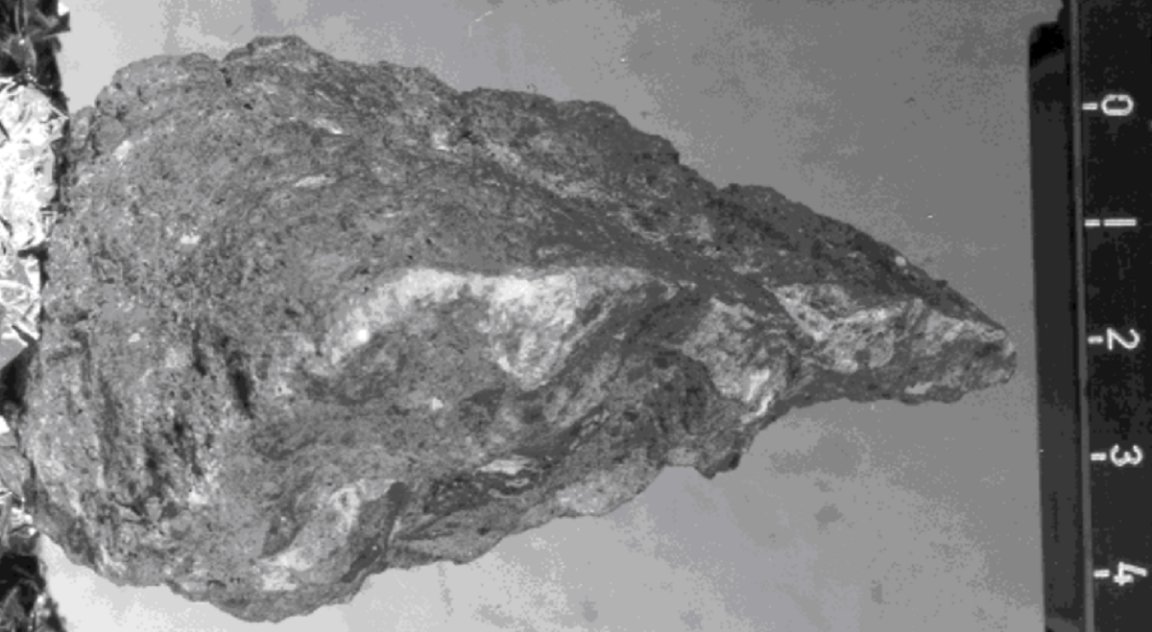
Revisionist History
Anyone have extra birthday candles on hand? Because NASA’s about 40 million short.
A new and in-depth atomic analysis of an Apollo-era Moon rock — a hunk of hardened magma and zircon crystal collected by the US astronauts Harrison Schmitt and Eugene Cernan during NASA’s final 1972 Apollo 17 mission — suggests that the Moon formed roughly 40 million years earlier than scientists previously thought, The Washington Post reports.
According to the new study, published Monday in the journal Geochemical Perspectives Letters, the rock is roughly 4.46 billion years old — a finding that, as study co-author and University of Glasgow cosmochemist Jennika Greer told WaPo, doesn’t offer a definitive lunar birthday, but “moves the goalpost” of our Moon’s creation back by a few dozen million years.
Moon Matters
Importantly, the theory of how our lunar companion was formed remains intact. As the logic of the giant-impact theory — the most widely accepted hypothesis — goes, a Mars-sized cosmic body dubbed Theia collided with the fledgling Earth, sending liquid-hot magma and other Earthly debris spewing into space. That jetsam then fused together to form Earth’s orbiting Moon, an event that scientists believe set our planet on the course toward habitability.
The impact was a “cataclysmic event for Earth and changed Earth’s rotational speed,” cosmochemist Philipp Heck, senior director of research at the Field Museum in Chicago and senior author of the study, told Reuters. “After that, the moon had an effect on stabilizing Earth’s rotational axis and slowing down Earth’s rotational speed.”
“The formation date of the moon is important,” he added, “as only after that Earth became a habitable planet.”
Zircon Timestamp
Though the rock in question being mainly comprised of hardened magna is certainly important from a timeline perspective — it’s believed that in its earliest stages, the Moon was covered with an ocean of the liquid rock — the zircon crystals embedded within it were really the stars of the study.
As WaPo explains, zircon takes in radioactive uranium as it forms. This uranium, over time, decays into lead, meaning scientists can use a technique called atom probe tomography to examine the uranium isotypes and lead levels within a given zircon sample as a means to timestamp the crystals. In this case, the technique revealed the zircon crystals in the sample to be a very geriatric 4.6 billion years young.
Exciting as the discovery is, however, the scientists were careful to note that we still don’t have all the answers.
“It doesn’t mean we now know the age of the Moon,” Greer told WaPo, nor that “we should stop looking.”
More on the Moon: What Does the Moon Smell Like?